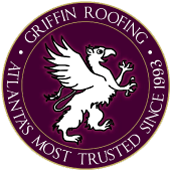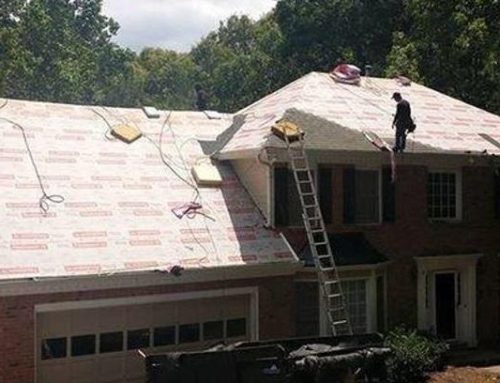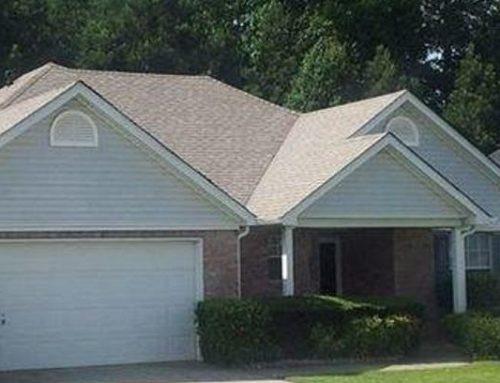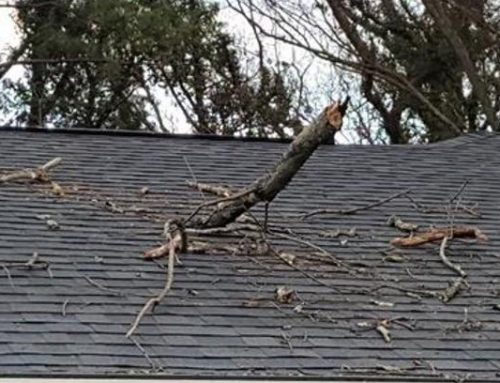Mature, established trees can improve the appearance of any home property and provide some advantages over properties without trees on them, yet trees can also be a problem if they are too close to the roof.
What does it mean for the roofing on your home considering there are both advantages and disadvantages to having trees nearby?
Here is some great information from professional roofers on the love/hate relationship that they and their homeowners have with big trees and how to best deal with them.
How Do Large Trees Benefit A Roof?
Besides how picturesque mature trees can look on a property, they do offer a few benefits when positioned close to the house.
Trees that cast shadows over a roof protect it from UV damage during that time and also help to moderate the temperature on hot summer days.
Homes with many trees around that cast shadows can be notably cooler in the summertime than those with no trees around, a detail that can help to reduce energy bills.
Strong, mature trees can also act as a windbreak, reducing the way high winds can damage roofing by blowing it off or blowing debris onto the roof.
How Can Trees Harm A Roof?
On the other hand, roofers also find that trees with limbs extending close to or over the house can be the cause of physical damage to the roofing as well.
Branches that brush up against the shingles can chip them or pull them off and weak or dead branches can fall off when it is windy and land on the roof, sometimes even puncturing it or falling through.
Compromised, unhealthy trees can even fall on the house, destroying the roof and causing tens of thousands of dollars in damage.
Dropped leaves or needles can pile up on the roof causing mildew or rot and clog up the gutters, which can result in additional damage if the edges of the roofing are submerged.
Trees also create an easy path for wildlife like squirrels and other rodents to access the roof, where they could cause damage or even find a way inside the attic.
What Should Be Done To Manage Trees Near A House?
Knowing that trees are helpful but can also be damaging creates a question: how can homeowners benefit from their trees without increasing the risk of roofing damage?
The best answer is to manage the trees so that some benefit is gained but the risks are reduced.
To avoid these types of damage, roofers recommend having trees professionally trimmed back so they do not actually touch the roof or have large branches extending over it.
Leaves and smaller branches will still shade the area at certain times of the day without the whole branch having to hang over the roof.
Secondly, have all trees close to the house assessed for their health and stability and remove any at-risk trees that could potentially be easily uprooted.
Prevent problems with leaves and needles by cleaning off the roof and gutters every spring and fall so they remain unclogged and can function properly.
Are Your Trees A Risk To Your Roofing?
Trees around a home look wonderful and can benefit the home in different ways; however, they can also cause expensive roofing damage, either by damaging the shingles or perforating the entire roof structure.
Keep trees well maintained to reduce the chance of roof damage and call a roofer routinely to get up there to clean off debris and clean the gutters.
These extra roof maintenance steps will ensure your roof is not damaged and your beautiful trees stay healthy, too!







